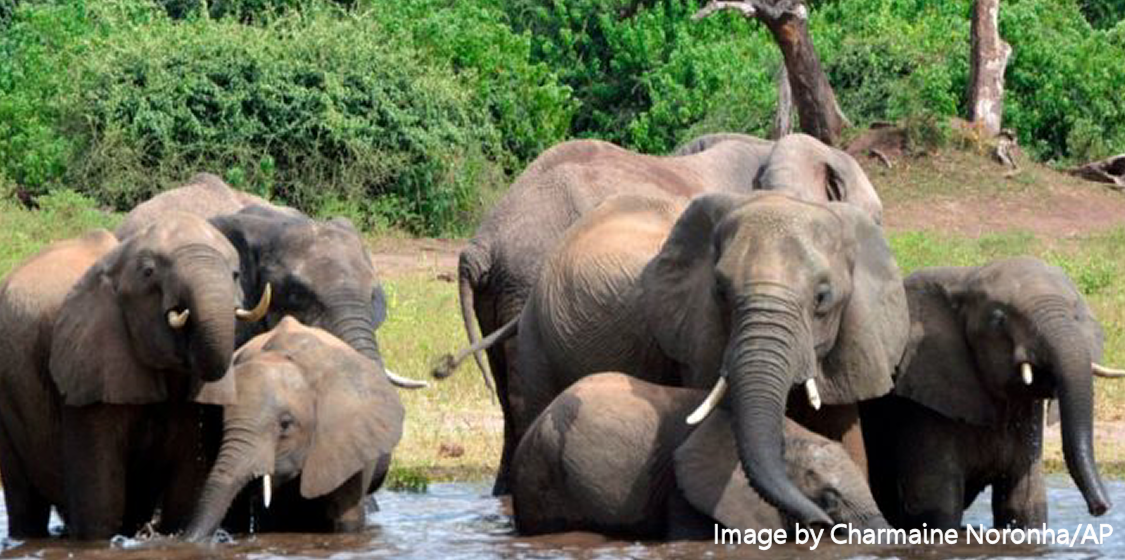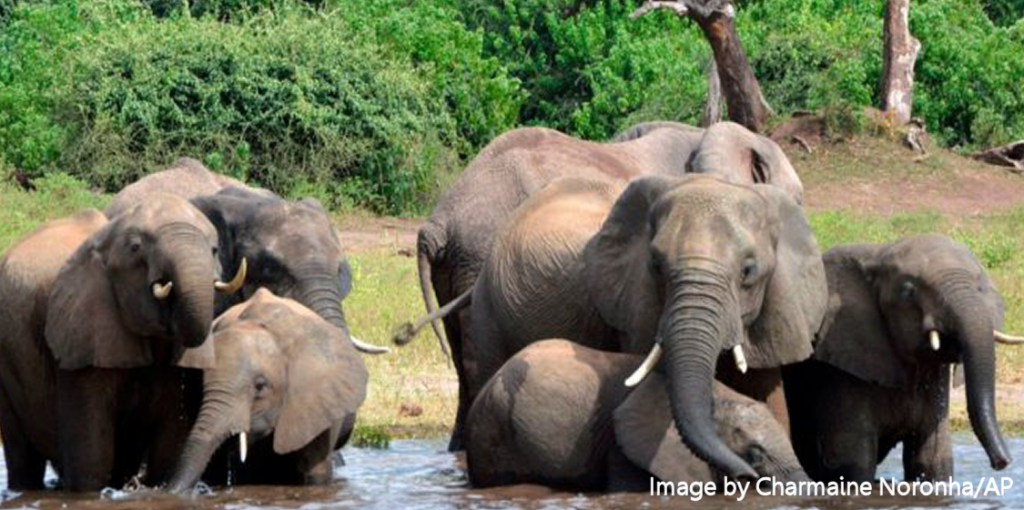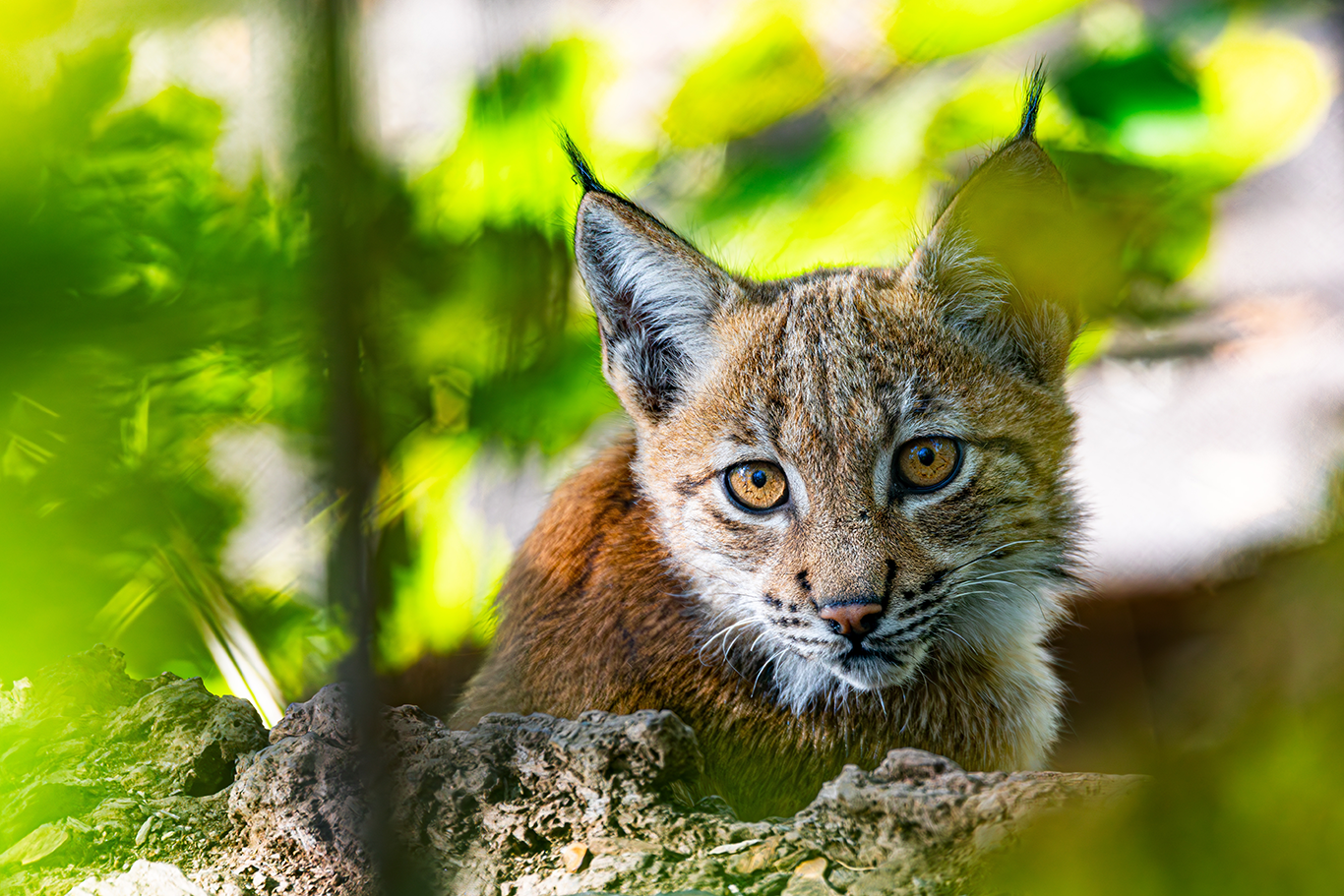By Ross Harvey – Conservation Action Trust
Botswana president, Dr Mokgweetsi Masisi, recently hosted a summit in Kasane for five southern African heads of state to forge a common regional elephant conservation policy. Since Masisi took over it has been proposed to rescind the hunting moratorium imposed under Ian Khama, in 2014.
The Kasane conference did not make a final decision on hunting in Botswana, but the speakers articulated a number of myths that support the consumptive “sustainable use” of elephants, which the world – and most African Elephant range states – have turned their backs on.
This article dispels these myths:
1. Botswana’s elephant population has surged to 160,000 from 55,000 in 1991.
This is the subtext for the claim that there are ‘too many elephants.’ But it is false on both fronts. In 1983, Botswana’s elephant population numbered between 70,000 and 75,000. It had certainly not dropped to 55,000 by 1991. The latest scientific survey of Northern Botswana, which estimates the population to be roughly 126,114, which is not materially different from the 2014 figure. In other words, the population is stable, not growing. Moreover, the 2014 figure reflected a 15% decline during the preceding decade.
2. Botswana has exceeded its ‘carrying capacity’ of 54,000 elephants.
This is based on the idea of a landscape being able to handle only 0.4 elephants per square kilometre, which comes from an outdated Hwange Game Reserve management policy that had no scientific basis, says Conservation expert, Ian McDonald. The concept of “carrying capacity” has no relevance for vast, unfenced wilderness landscapes that adapt and can maintain integrity without human intervention.
A large number of scientists wrote in the peer-reviewed journal, Ambio, that they did not see ‘any ecological reason to artificially change the number of elephants in Chobe National Park, either through culling or opening new dry season ranges.’ What matters is not ‘carrying capacity’ but dispersion and concentration of elephant herds. Hunting and fences create concentration, which leads to vegetation damage. Even then, the ecological benefits that elephants provide more than compensate for small areas of vegetation damage.
3. Hunting will solve the “population explosion problem”.
The truth is that hunting only targets the big tuskers, thus destroying genetic diversity. Elephant trophy hunting is typically rationalised on the grounds that it only eliminates old bulls that are ‘surplus’ to herd requirements. Such small-scale elimination would therefore obviously be incapable of controlling a population, especially given that Botswana only permitted the export of 800 elephants( of which only approximately 340 were actually hunted)per year in the decade prior to the hunting ban.
Moreover, there is no such thing as ‘surplus’ elephants. Dr Michelle Henley writes that ‘in the past, bulls over 50 years of age were considered redundant but more recent studies have found that bulls do not reach their sexual prime until they are over 45 years old.’
4. Bringing back hunting will solve human and elephant conflict (HEC) and increase benefits to local communities.
Proponents of hunting argue that it generates revenue that accrues directly to local communities and thus disincentivises both poaching and the killing of errant crop-raiders. But hunting is rooted in a colonial anthropology that castigated indigenous people groups as ‘poachers’ and colonialists as ‘hunter-conservationists’. So, the colonial hunting fraternity established fortress conservation, which displaced and disempowered local communities, but now paints itself as the saviour of people and elephants.
HEC can be mitigated through bees and chilli solutions, or combination thereof. Safe migratory corridors can also be established in which human settlement is limited. Ultimately, if communities are empowered to earn and receive benefits from elephants being alive (good for sustainable photographic tourism), HEC would become manageable.
Hunting is not the answer, as the global hunting industry is in decline and is fundamentally unsustainable in open systems.
5. The hunting moratorium led to increased poaching.
The false logic is that poaching has increased in the wake of hunting’s absence, and the latter must therefore be the cause of the former. However, poaching only started to increase in 2017, three years after the moratorium was imposed. Poaching may well have been minimised if former hunting concessions had been re-allocated timeously to allow photographic safari expansion.
6. Renewed trade in ivory will alleviate poaching and fund conservation.
Trading in ivory will not necessarily bring prices down and thereby end poaching. This is a naïve view based on the argument that prohibition never works. The legal trade would simply serve as a cover for illegal trade and money derived from official ivory sales would not necessarily accrue to conservation or to empowering local communities to drive conservation and
In the final analysis, the southern African countries represented at the Kasane Conference appear intent on moving against science and cogent argument. As a physical emblem of President Masisi’s embrace of consumptive use and rejection of being lectured to by ‘westerners’, he gifted his fellow heads of state with elephant footstools.





